
“Anyone who has a garden, park or orchard tree has an opportunity to ensure that it offers protection, brings beauty and bears fruit for future generations.” Gabriel Hemery
When I first moved to our farm in rural Queensland, Australia, I could never have imagined the projects Bear and I would tackle as we turned this beautiful spot into a place where little dreams come true.
One of our dreams was to have our own orchard filled with apples, plums, pears, peaches, apricots, etc. But as owners of a herd of Kalahari goats with fence-busting tendencies, we had to make sure the orchard would be safe from their voracious appetites and sneaky ways. We also had to protect the fruit from marauding birds. We both love watching the amazing birds around here – galahs, cockatoos, grass parrots, kookaburras, and more – but any fruit tree left unprotected is soon devoured by the feathered beauties.
All that to say, we had our work cut out for us to grow and harvest our own fruit.
We’ve been working in stages. First we built one row of fencing of heavy duty wire around the perimeter of the Big Orchard which houses plums, peaches, citrus, and 19 grape vines. Then we pounded in star pickets to anchor the large plastic pipes that would form the base for encasing the orchard in bird netting.
This week we’re working on building an inner fence. The last line of defense to keep out pesky goats, kangaroos, and wallabies.
It’s mighty hot work out in the blazing Autumn sunshine, but over the last day or two some cooling breezes have blown in making it more bearable. Thank. Goodness.
Being out there day after day gives us the opportunity to see the orchard up close and personal. While the plums and peaches are past producing anything, the citrus portion of the orchard is flourishing. Even though the trees are only two years old, most of them are bearing good-sized oranges, lemons, and limes.
A few of them are covered with lusciously scented blossoms. I always wondered why brides in old books wore orange blossoms in their hair. Now I know. They’re pure heaven.
Some of the trees were purchase at rock bottom prices because the labels were missing and the nursery didn’t know what they were. So they’re our mystery trees, and we look forward to finding out what they are.
Working in such hot weather regular breaks in the shade with cold glasses of something to cool us down and refresh our spirits.
Our favorite drink right now is Sima, a traditional fermented Finnish drink made to celebrate May Day. It is lemony and fizzy and not-too-sweet and slightly alcoholic, rather like ginger beer. I brewed up a triple batch this weekend, and it is divine. Those Finns have a good thing going with Sima, and we are very happy to adopt their traditional drink as a delicious pick-me-up on sweltering days on the farm.
Traditional Sima is made using sliced lemons, but I have bottles of bush lemon juice I made last year that need to be used up, so I make it with straight lemon juice and bush lemon zest instead. Feel free to use whatever suits your fancy.
What is your favorite drink on a piping hot work day? xo
Bush Lemon Sima
3.5 litres/gallons of water
1 cup dark brown sugar
1 cup raw sugar
1/2 cup fresh squeezed bush lemon juice
1 heaped Tbsp bush lemon zest
1/8 tsp champagne or regular yeast
handful of raisins
1. Place water, sugars, juice, and zest in a large pot and bring to the boil, stirring until sugar is dissolved. Remove from heat and sit until lukewarm.
2. Pour into glass demijohn (or large glass pitcher), add yeast and stir. Cover with clean tea towel and leave overnight.
3. Sterilize 4 1-litre/gallon bottles with lids.
4. In each bottle add one tsp raw sugar and 5-6 raisins.
5. Strain Sima into each bottle and seal well, giving it a vigorous swirl to help dissolve sugar.
6. Let sit at room temperature until raisins have all risen to the top of the liquid.
7. Refrigerate until ready to serve. This should nearly halt the fermentation process and stop the bottles from exploding, but check the bottles now and then just to make sure. Gentle open tops to release pressure if necessary.

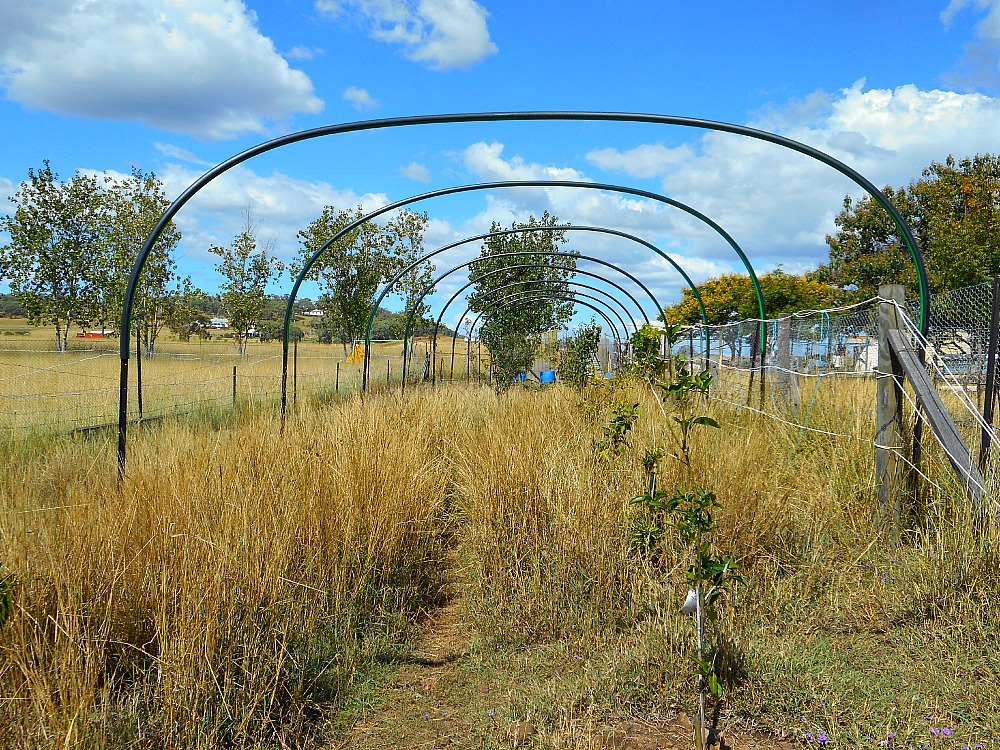
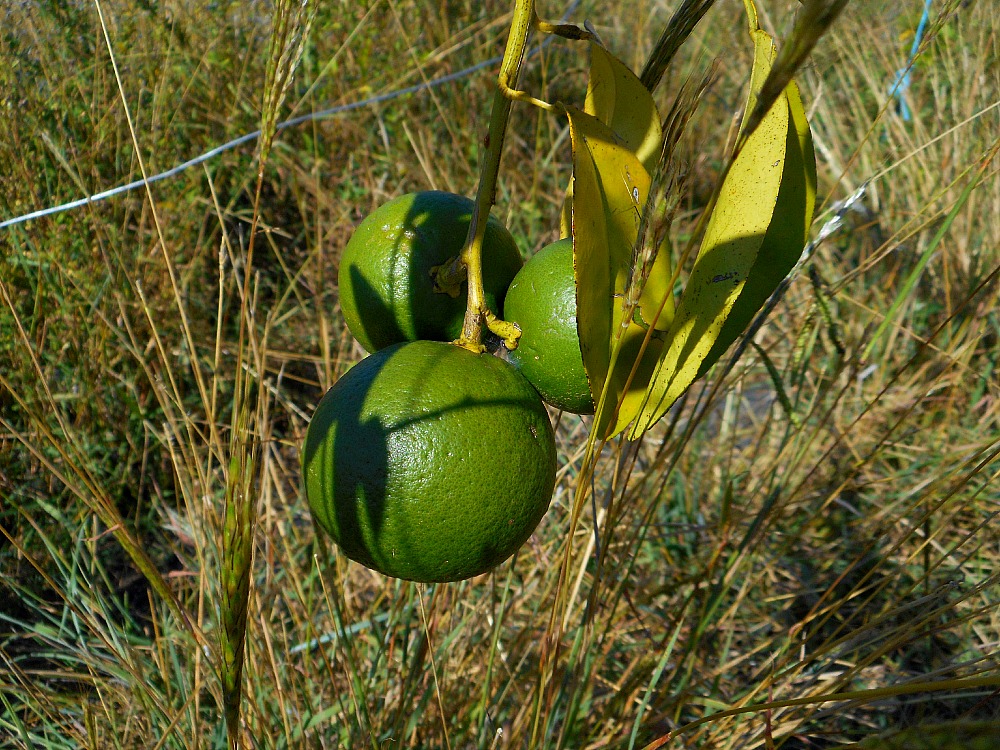
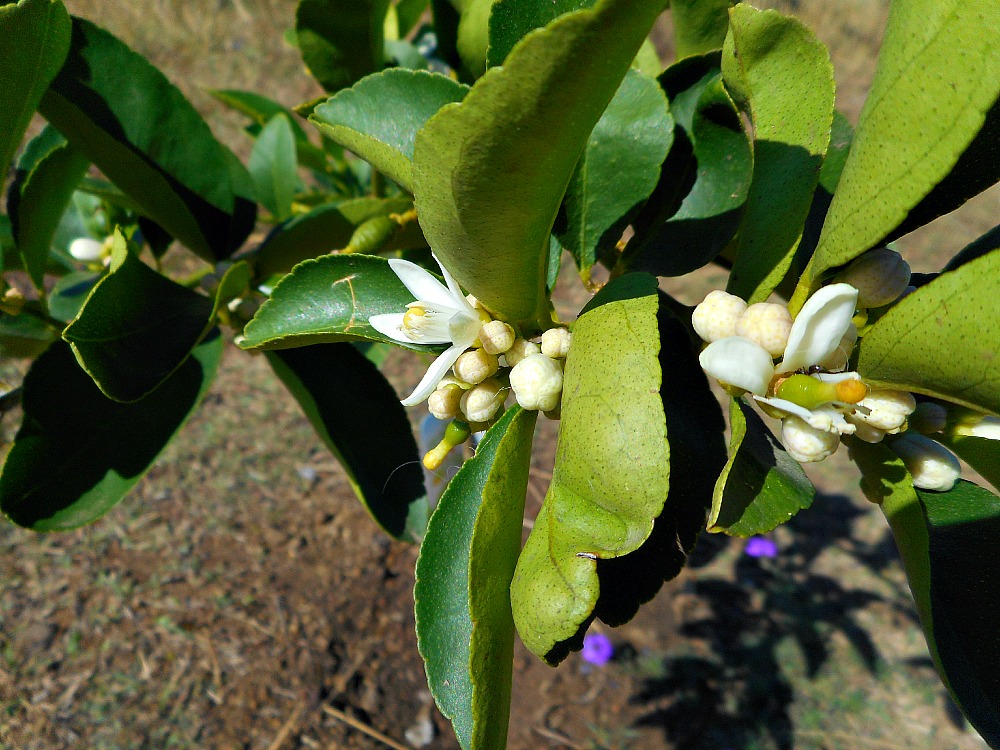
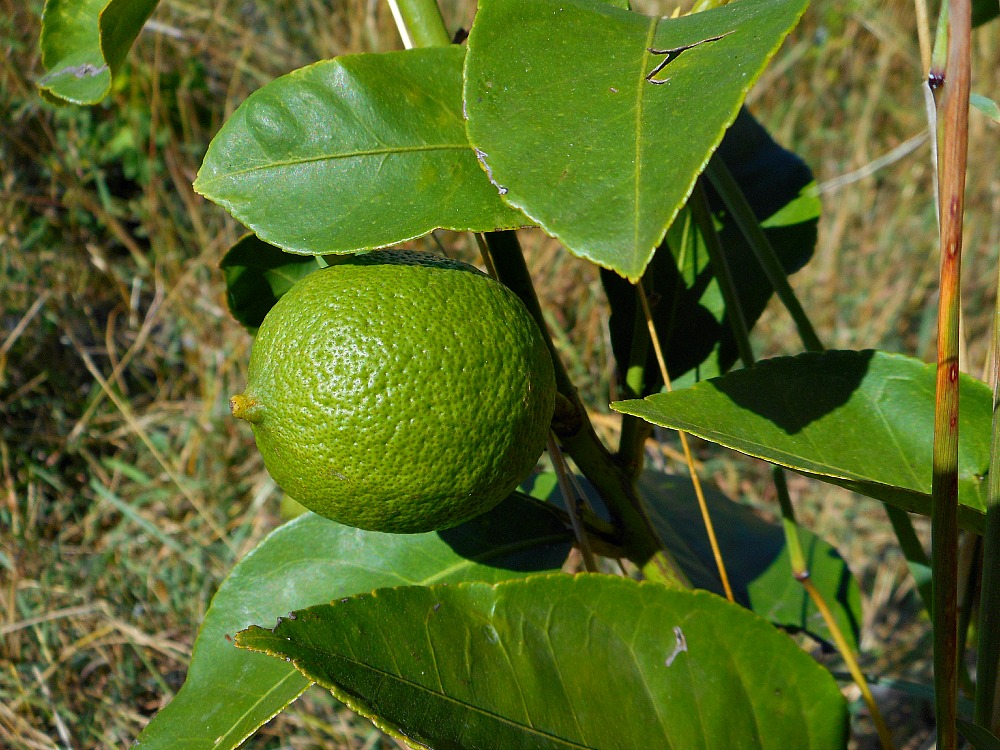
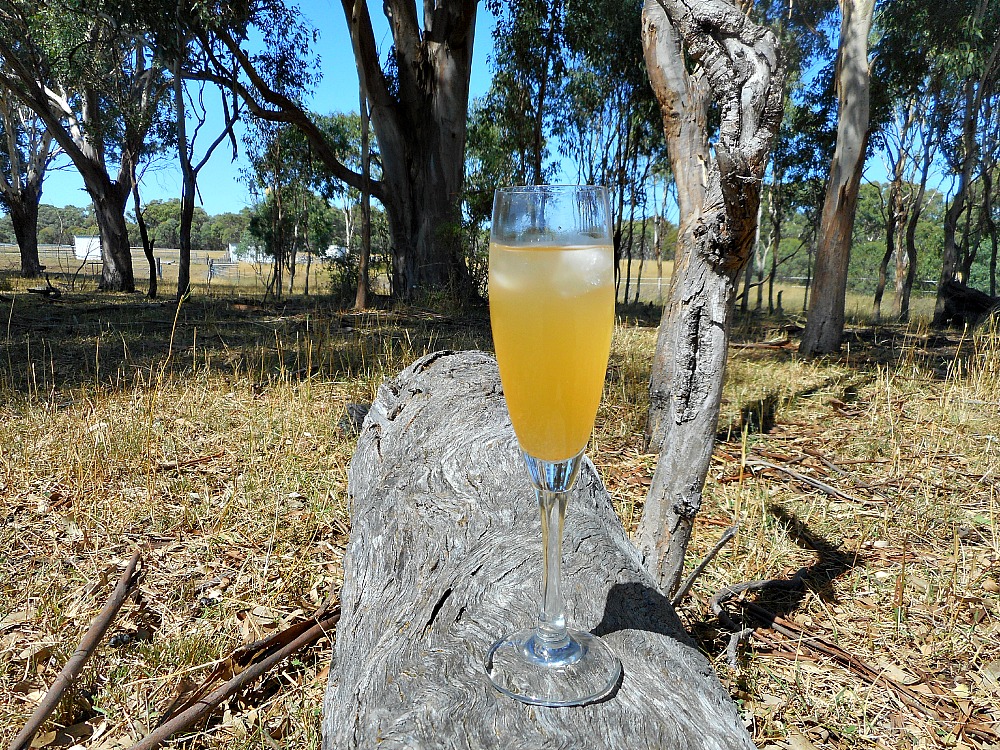
Hi Krista. how very wonderful you have nearly finished your orchard. Can’t imagine what a beautiful life you lead. xx
We are so excited, @taniamykitchenstoriescomau:disqus, and sore, very sore. 🙂 Yesterday was the hardest part of the job and we are so glad to have it done. 🙂
I love the scent of orange blossoms. Our weather has turned quite cool so I’m sure your hot wether must be in its final throws. I’m very envious of your citrus orchard and I hope it remains pest-free xx
The thought of cooler weather is music to my ears, Charlie. 🙂 I’m hopeful our orchard thrives too. 🙂
I’m in love with your orchard plans. Isn’t it wonderful to have grand plans? I’m so proud of you both.
I’ve never heard of a sima but when you describe it, I think I’m in love with that too.
Thank you SO much, @OrgasmicChef:disqus XO Your words cheered me right up today as I try to talk my aching self into getting back to work when I just want to curl up for a movie day. 🙂 I will press on. Yes, it is lovely to have grand plans. And if you were here, I’d share my sima with you. 🙂 XO
I just love watching/reading as your marvelous life with Bear unfolds. It really is wonderful seeing you so dang happy. 🙂
My fave drink on a stinkin hot day is Ginger Beer. Mmmmm!
this sounds quite sweet. For me, the perfect drink on a hot day is tonic water. It is an amazing thirst quencher 🙂
You are so lucky to have all this spaces and the birds and animals. I know it is hard work but it seems so fulfilling. The Sima sounds wonderful but not for me with alcohol in it. Betcha make good limeade too 😉
An orchard, I’m impressed. My favorite summer (anytime really) drink is Elderflower. There are no Elderflower bushes around here so I buy a concentrate online which I mix with ice cold seltzer water. It’s very delicious and refreshing.
You are such a talented couple. Keeping out “pesky goats, kangaroos, and wallabies” poses this question, Krista. How do the goats (farmed) get along with the wallabies and kangaroos?
LOVE, LOVE your orchard! I adore citrus and citrus trees and the blossom…oh my goodness. My dream is to have all this one day…maybe not the goats though 🙂 I’m sure they’re wonderful. I can’t wait to see what your mystery trees turn out to be! How exciting!
I can’t wait to find out what your mystery tree is!! We had one like that and ended up with a lovely lime. I’ve got blossoms here too, our lemon, orange and lime are all blossoming, and yes, the scent is pure heaven. Looks like we will have a fabulous lemon crop next season!!
And thanks for the idea to grow the kale… why I had never thought of that I don’t know. We have a lot of snails here, so I’m not sure if it will work. but while we still have our coastal cool spring (which is pretty much like our winter was…) I think I’m going to give it a go!